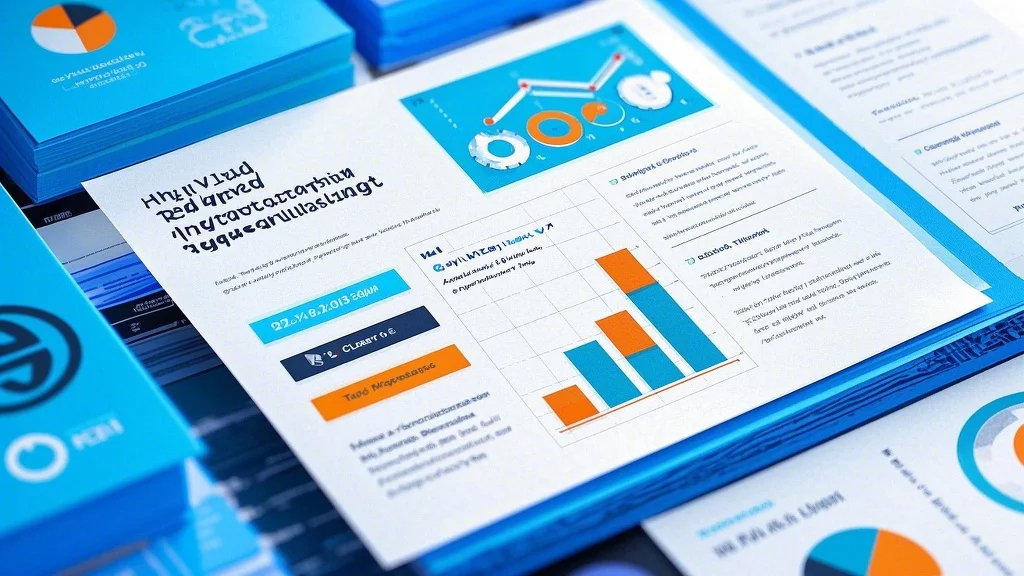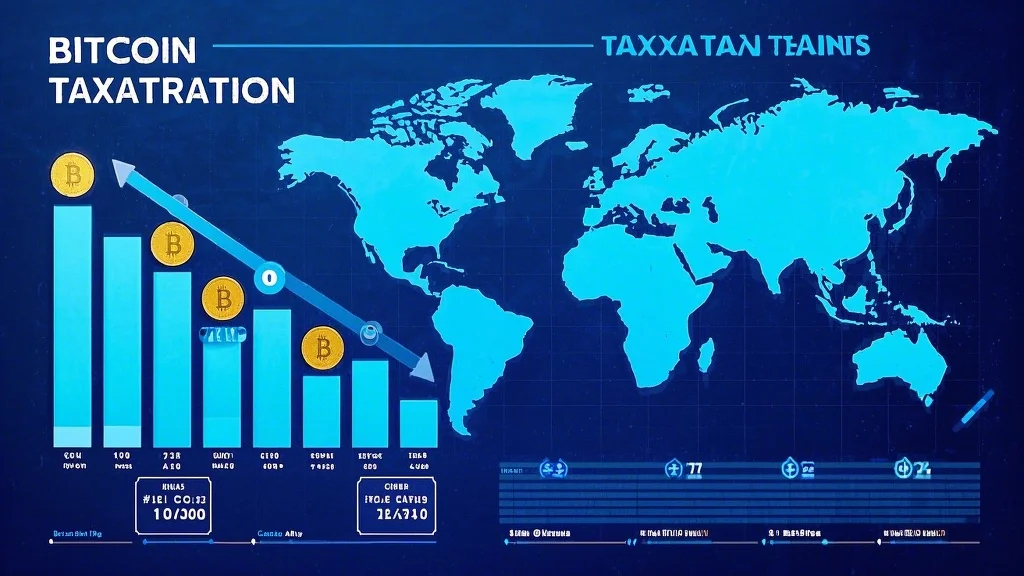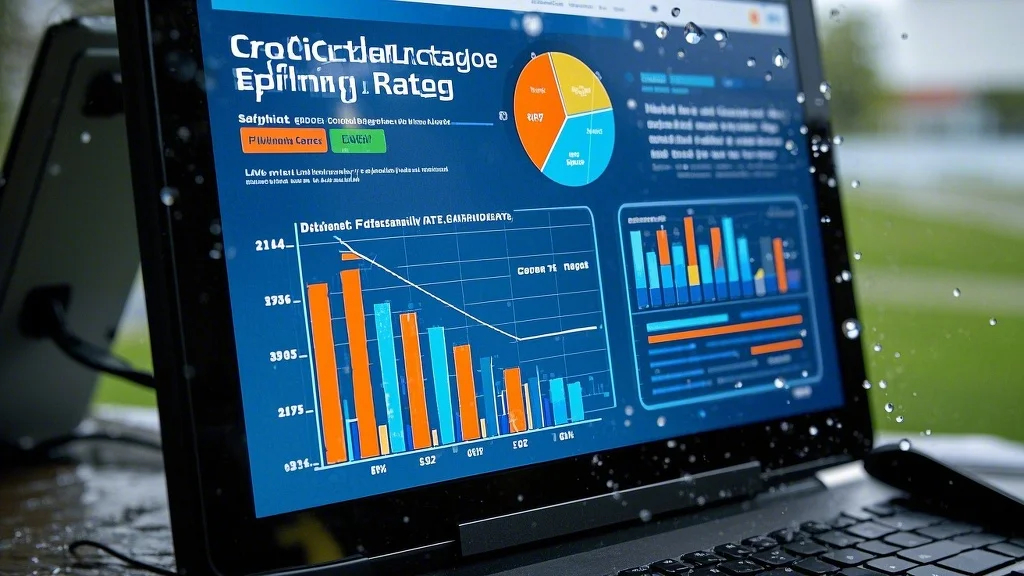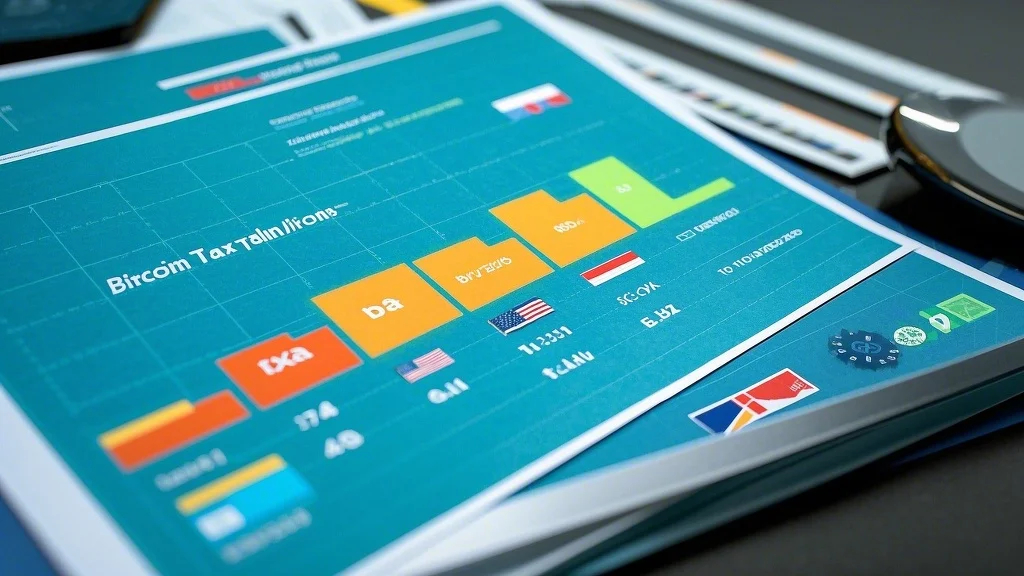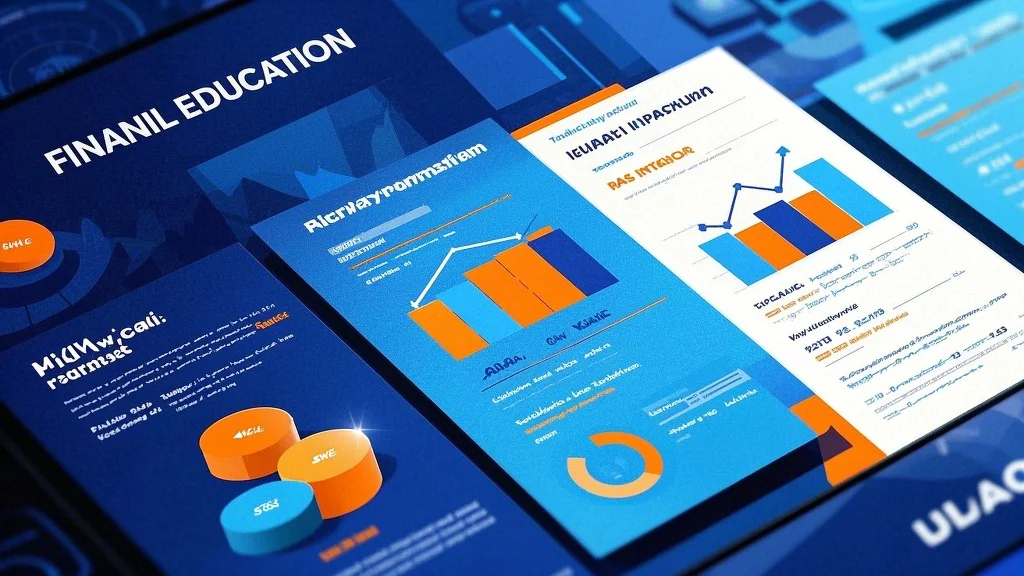Diversifying your investment portfolio is one of the most effective ways to safeguard your wealth and ensure long-term growth. By spreading your investments across various assets, industries, and geographies, you can reduce risk and capitalize on different market trends. However, with so many investment options available, it can be challenging to determine which programs will deliver the highest yields while maintaining a balance of safety and growth.
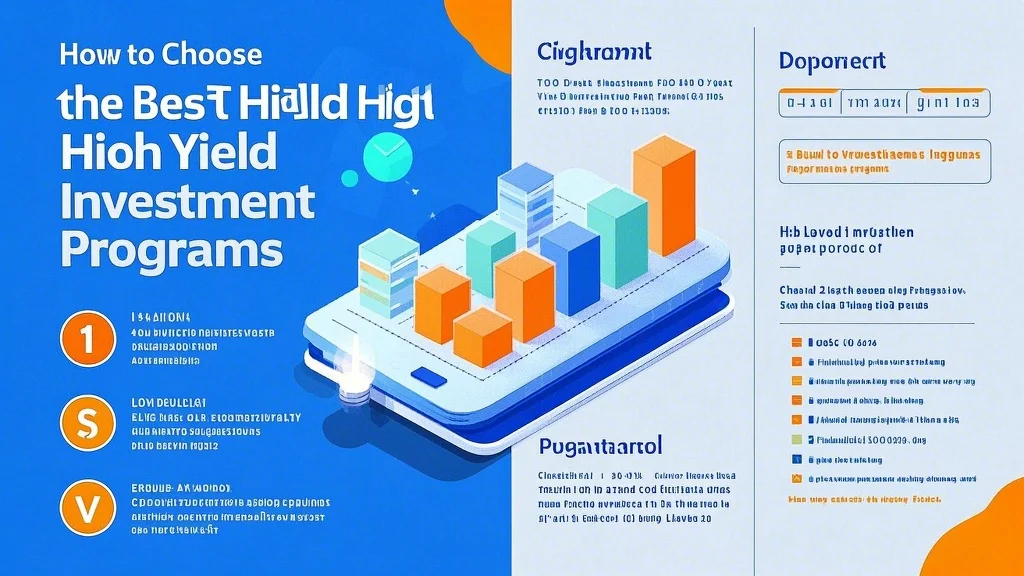
In this article, we’ll explore how to diversify your portfolio with high yield investment programs. Whether you’re a seasoned investor or just starting out, these strategies will help you maximize returns and achieve your financial goals.
1. Understand the Importance of Diversification
Diversification is the foundation of any successful investment strategy. It’s based on the principle that investing all your money in a single asset or market is risky. If the market takes a downturn or a specific industry faces challenges, your entire portfolio could be affected.
By diversifying, you spread your investments across different asset classes, such as stocks, bonds, real estate, and commodities. This approach reduces the impact of market volatility and ensures that you’re not overly exposed to any one area.
For example, if you invest solely in stocks, a market crash could decimate your portfolio. However, if you also invest in bonds, real estate, or commodities, you can offset losses in one area with gains in another.
2. Identify High Yield Investment Programs
High yield investment programs are designed to generate significant returns for investors. These programs are often associated with shorter-term investments and higher interest rates, but they come with higher risks.
To find the best high yield programs, consider the following options:
a. High Yield Savings Accounts
High yield savings accounts are a great way to earn interest on your cash. These accounts typically offer higher interest rates than traditional savings accounts, and they’re relatively low risk since they’re insured by the FDIC (up to $250,000).
Look for accounts with competitive APYs (Annual Percentage Yields) and minimal fees. Many online banks offer better rates than brick-and-mortar institutions, so it’s worth shopping around.
b. Treasury Bills and Notes
Treasuries are government bonds that are considered one of the safest investments. They’re short to medium-term debt instruments and offer regular interest payments.
Treasury bills (T-Bills) mature in less than a year, while Treasury notes (T-Notes) mature in 2 to 10 years. These investments are highly liquid and provide a stable source of income.
c. Dividend-paying Stocks
Dividend-paying stocks are a popular choice for investors seeking both income and growth. Companies with a history of stable earnings and consistent dividend payments are often good candidates.
For example, utilities, healthcare, and consumer staples companies tend to have strong dividend records. However, like all stocks, they’re subject to market fluctuations, so it’s important to diversify within this category.
d. Peer-to-Peer Lending
Peer-to-peer (P2P) lending platforms allow you to lend money directly to individuals or businesses in exchange for interest. These platforms often offer higher returns than traditional savings accounts, but they also carry more risk.
When investing in P2P lending, it’s crucial to research the borrowers and their creditworthiness. Diversify your investments across multiple borrowers to reduce the risk of default.
3. Use Robo-Advisors for Automation
Robo-advisors have revolutionized the way people manage their investments. These automated platforms use algorithms to create and manage diversified portfolios based on your financial goals, risk tolerance, and investment horizon.
Robo-advisors are particularly useful for investors who want to简化 the process or lack the expertise to manage their own portfolios. They also tend to have lower fees than traditional investment managers.
Most robo-advisors offer a variety of investment options, including stocks, bonds, ETFs (Exchange-Traded Funds), and even real estate. By using a robo-advisor, you can easily diversify your portfolio and enjoy the benefits of automated, low-cost investment management.
4. Start with a Core Portfolio
Before diving into high yield investment programs, it’s important to establish a solid core portfolio. This should include a mix of low-risk, stable investments that form the foundation of your wealth.
A core portfolio might include:
Index funds or ETFs that track the stock market (e.g., S
